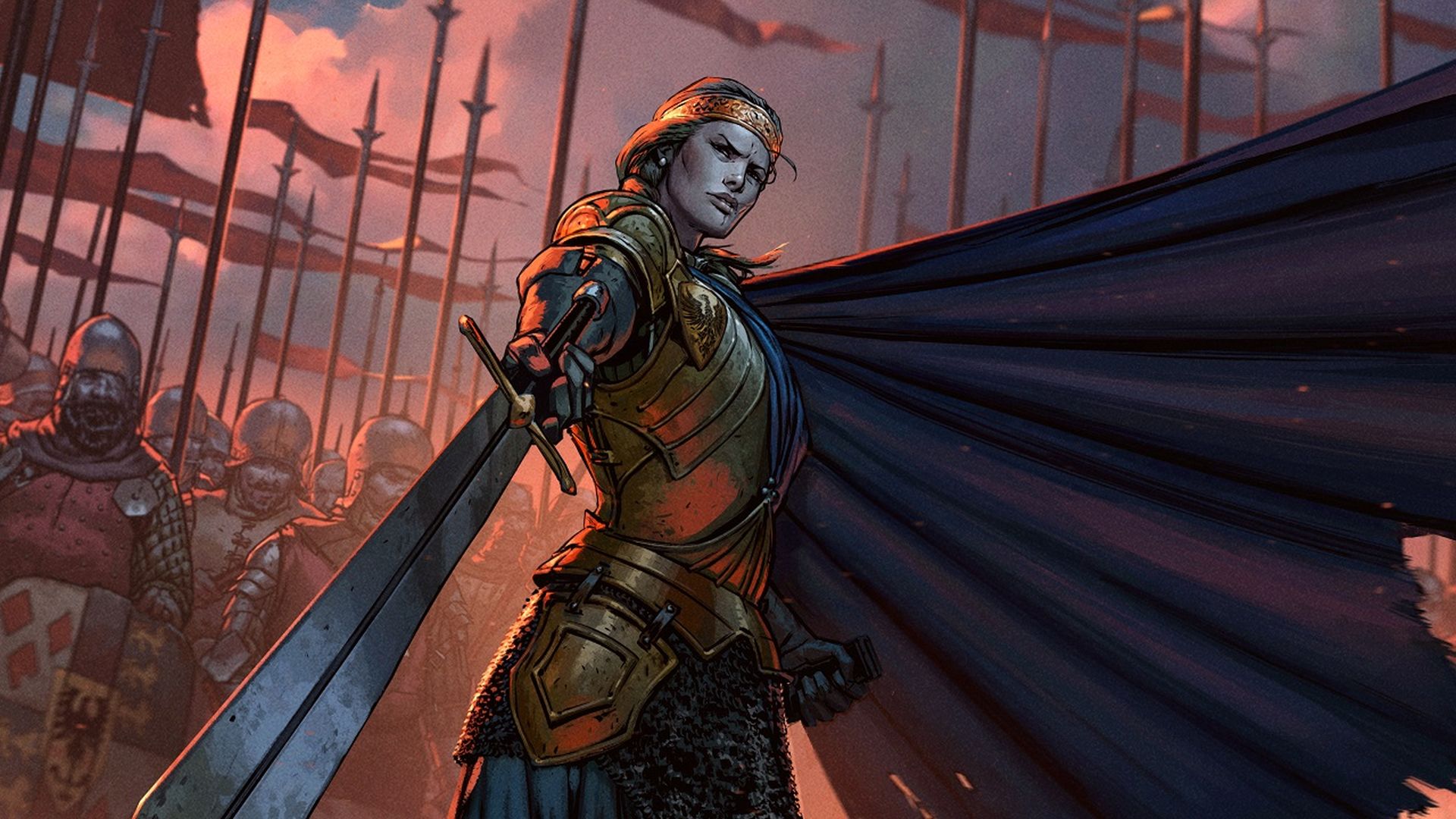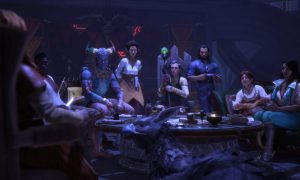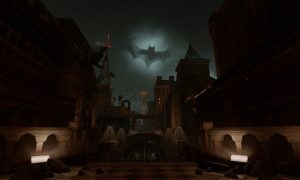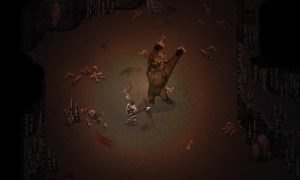At E3 a few years ago, the CD Projekt Red team showed off a version of Gwent: The Witcher Card game, which included a single-player mode that featured a story, cutscenes, etc. That mode never made it into what became a highly successful multiplayer-focused Gwent game, so when I first learned about Thronebreaker: The Witcher Tales, I was expecting it to be that single-player option from long ago as a tacked-on mode. Indeed, Thronebreaker ties in directly to the free-to-play Gwent game and has a button leading to the multiplayer offering on the main menu, but to call Thronebreaker anything other than a standalone experience deserving of your valuable game time would be inaccurate. After 30+ hours with Thronebreaker, I feel foolish having ever doubted CD Projekt Red in the first place, which has delivered another powerhouse title in a long line of excellent games.
In Thronebreaker, you play as the ruler of Lyria and Rivia, Queen Meve, during the events of the second Northern War that precedes the first Witcher game. The southern armies of Nilfgaard swarm the northern kingdoms like a plague of locusts, spreading violence and disorder however they can in an attempt to weaken the northern alliances and wrest control for themselves. As the leader of one of these northern kingdoms, you lead a small opposition force who must make guerilla warfare and build alliances to take back the north.
The storytelling in Thronebreaker is masterful, which presents you with a daunting task, then hammers away with one gut-wrenching decision after another, many with far-reaching consequences. You’ll choose between sacrificing your personal honor for a better shot at winning a battle, or trading away the favor of your troops for the sake of pleasing a potential ally. Each decision is presented to you without any moral compass, but rather forces you to choose between two different shades of grey. Fans of the Witcher franchise will be familiar with these types of dilemmas, but it doesn’t make the decision-making process any easier.
As you play, you’ll gain party members, each with a unique depth and charm that rivals some of the best RPG games out there. Party members bring a lot to the table, both as combatants and advisors. Maintaining strong relationships with your party becomes increasingly important, as some will offer unique paths of overcoming certain dilemmas. But keeping the entire group happy is next to impossible, as the Queen Meve that you forge will inevitably make decisions which divide the group, and in some cases drive party members out of your caravan entirely. Perfectionists like myself, who work for an outcome in which everyone is happy will only succeed at making no one happy, which will hurt morale and make the going even harder.
The narrative that unravels over the course of the 30-hour campaign is intense, high-stakes, and incredibly well-written, which is aided by top-notch voice acting throughout the game. Make no mistake — Thronebreaker is much more than a card game with a narrative attached to it. The story is thrilling, with some truly inspired twists and turns that make it hard to put down long enough for a quick meal or a few hours of sleep.
Thronebreaker has everything you’d expect from a game in the world of the Witcher, except instead of fighting with swords and magic, combat happens via Gwent. But those familiar with the multiplayer rules, or even the rules from the Witcher 3, will find a completely different version in store, which has been optimized for the Thronebreaker campaign. Rules have been simplified, so that there are only four rows instead of six, and the exact positioning of various units is opened up to player choice rather than a predetermined unit type. Instead of aiming for a balanced gameplay experience, Gwent has been tuned to represent the relative power of the player and the advantages they might have or the overwhelming might of the enemy, depending on the situation. Sometimes the enemy will play a card that would never make sense in a multiplayer version intended for fairness, but makes total sense in the context of the story.
And almost no two Gwent matches are alike, as twists are applied to almost every encounter that break of the monotony of playing straightforward card matches against a computer. Instead of simply beating your opponent with a higher power level, you’ll often need to accomplish specific tasks to achieve victory. In addition, there are also optional “puzzle encounters” throughout the game, which gives you a preset hand of cards and asks you to figure out a creative solution to achieve victory.
While the revisions made to Gwent certainly fit better into a single player game, it has the side-effect of making most encounters fairly easy, most of which have an obvious right answer for achieving victory. The default difficulty in particular just feels like most encounters are too easy to figure out with only minimal modifications to your deck along the way. This disincentivizes learning the ins-and-outs of the cards available to you and making min-maxing a necessity. The puzzle encounters, on the other hand, are a completely different story, which force you to unlearn everything you thought you knew about Gwent to solve the puzzle and win the day. It would have been nice if the mandatory Gwent battles required a bit more thought and strategy to overcome, putting it a little closer to the level of difficulty involved in the puzzle encounters.
When you aren’t playing Gwent or interacting with your party members, you’ll be roaming a hand-painted top-down world that looks like something out of a book of childhood fairy tales, in the same vein of Child of Light. The overworld map serves as a dungeon for you to crawl through, solving problems, completing quests, and searching for loot. Resources found and earned throughout activities (wood, gold, troops, etc.) can be used to craft new cards for your deck, and to upgrade parts of your base camp, which unlocks new abilities and provides advantages that make the going a bit easier.
My PC isn’t the most high-end rig in the world, but even with relatively modest hardware, I was able to run Thronebreaker on high settings, which made it look and sound excellent throughout. The art and animations are stylistic and beautiful, and do a great job at making the world feel like the same one that’s occupied by Geralt of Rivia. The music, sound effects, and voice acting are all top-notch as well, and are very much inline with what you’d expect from a Witcher game.
You know that jerk online that relentlessly trash talks you after every kill? That guy was probably Travis "Tie Guy" Northup. Competitive, snarky, and constantly wearing a tie, Travis has been writing his opinions about electronic media since he was a teenager, and is pretty much the only person to hold his opinions in high regard.

Summary: Thronebreaker is a masterful RPG with a version of Gwent that is well-suited for a single player experience. Even if you aren’t into card games, this one is worth a try for the story and RPG mechanics alone.
PROS
- Excellent narrative and characters
- Incredible presentation
- Puzzle encounters are challenging and interesting
CONS
- Most encounters are a bit too easy
- Gwent mastery isn’t required to complete the game
See below for our list of partners and affiliates:




























